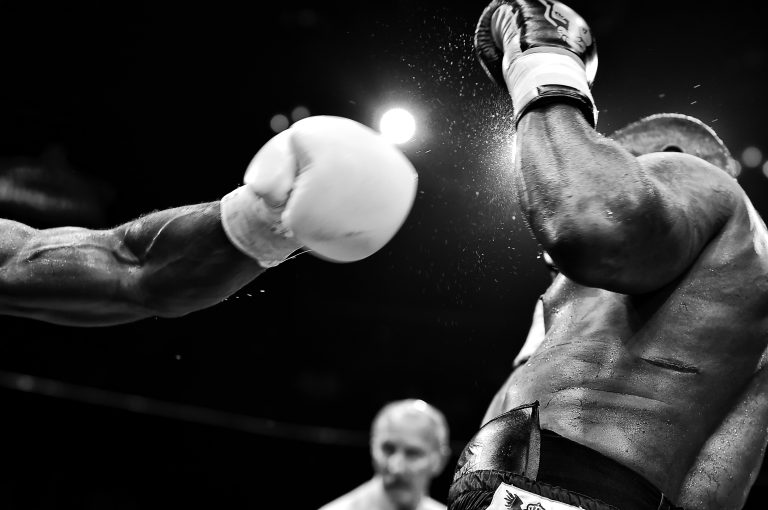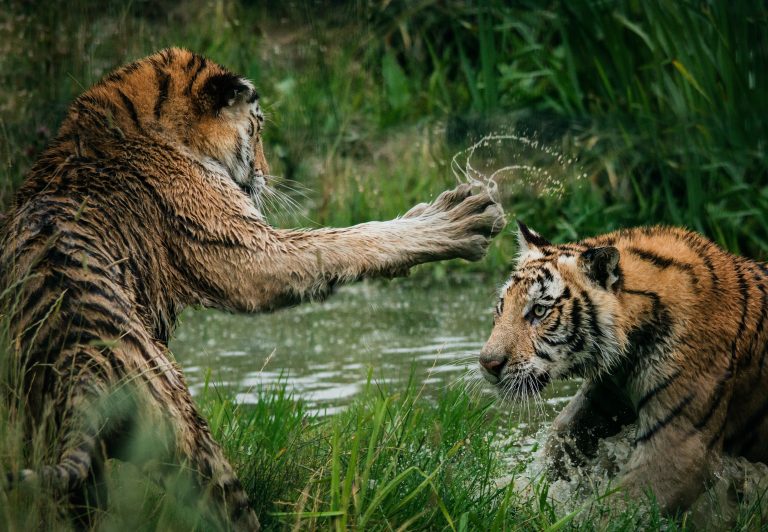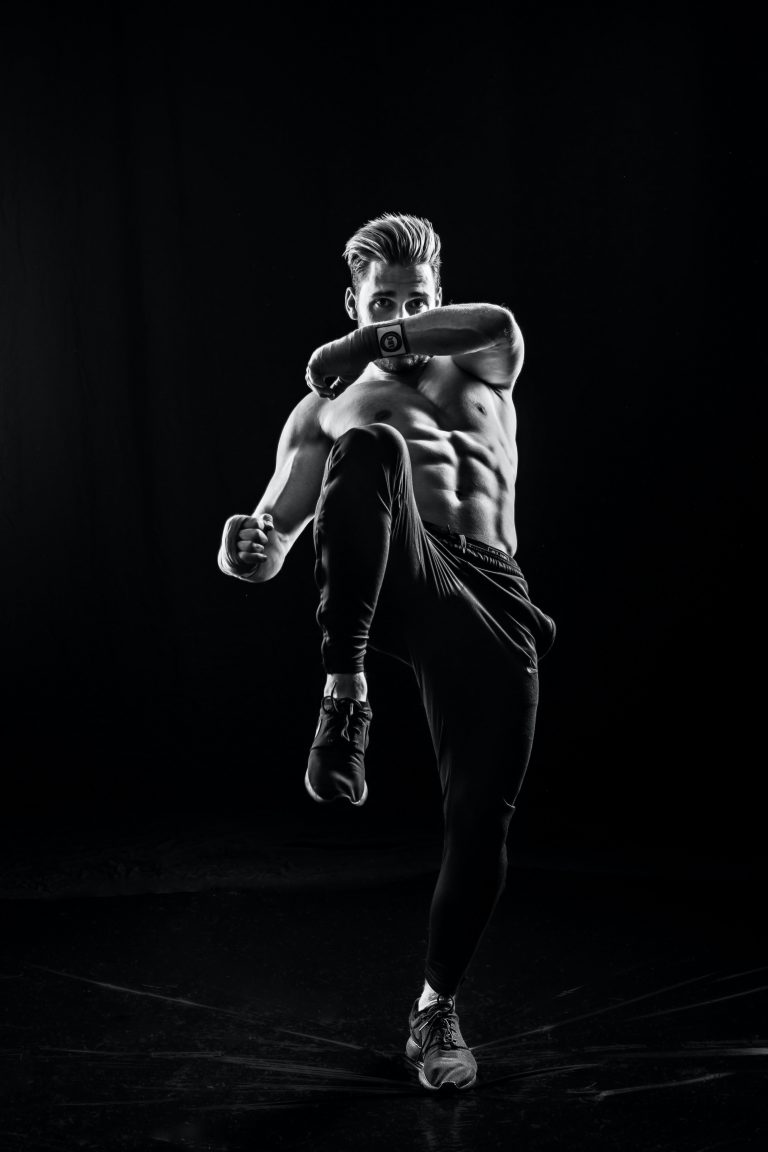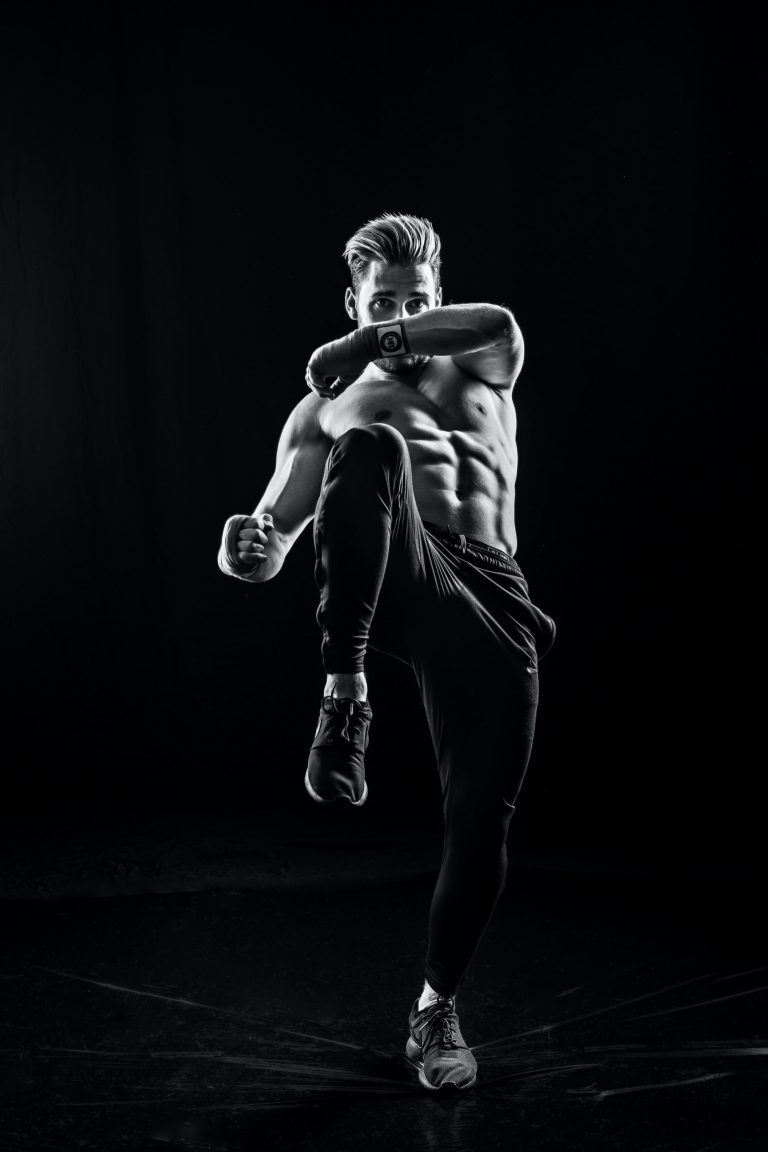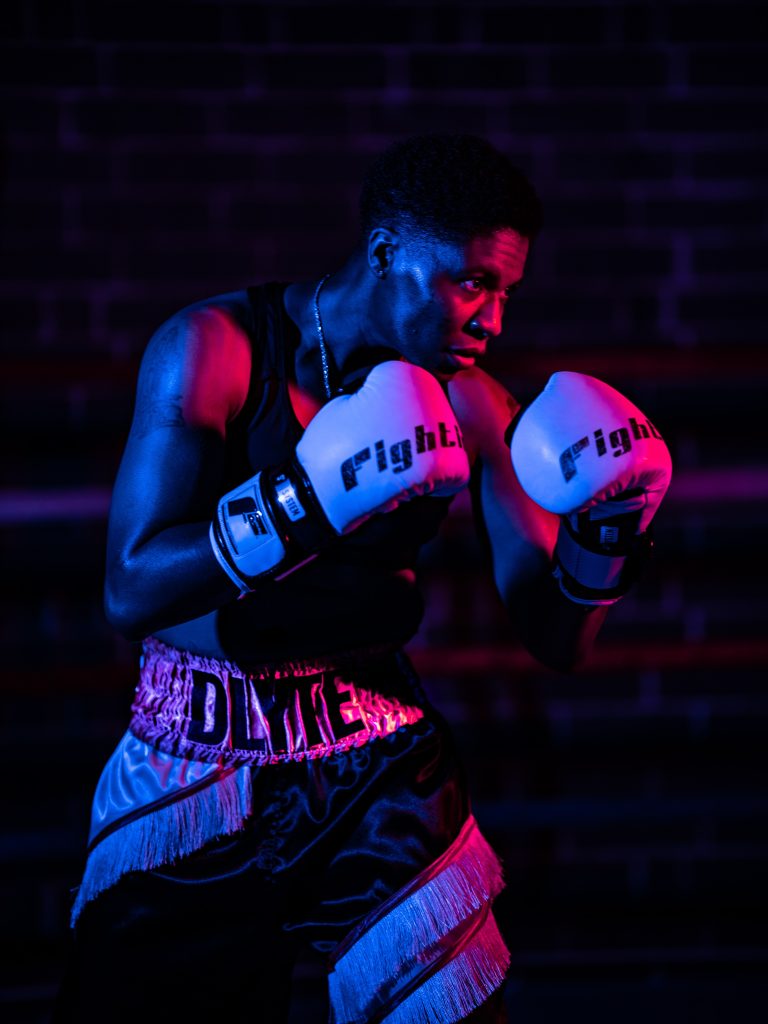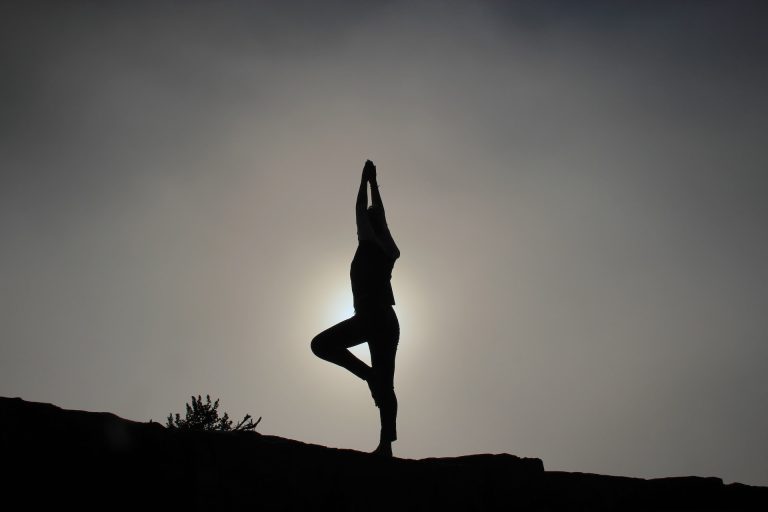What are the Different Types of Karate?
Karate is a martial art that has been practiced for centuries, with roots in ancient Chinese culture, Chinese martial arts, and Japanese culture. In the Western world, it is best known for its martial art application, and there are many varieties of karate being practiced today. Depending on where you live, you may be familiar with numerous different types of karate, but this article focuses on the five major styles of karate: Okinawan, Shotokan, Goju Ryu, Wado Ryu, and Shito Ryu.
Okinawan Karate
Okinawan karate is known as the foundational style of modern karate, as it was created in Okinawa, Japan in the 1800s by practitioners of various martial arts traditions who incorporated their own techniques. This style of karate is characterized by powerful strikes and blocks, powerful stances, and intricate grappling techniques. RiboneUchi and Naihanchi are two important katas (forms) practiced in Okinawan karate.
Shotokan Karate
Shotokan karate is the most popular style of karate in the world, originally developed by Gichin Funakoshi in Japan in the early 1900s. This style of karate relies on power, strength, and speed to attack and defend. Jion and Bassai are two important katas practiced in Shotokan karate.
Goju Ryu Karate
Goju Ryu karate is derived from two Chinese martial arts traditions, with complex combinations of strong and soft techniques. Characterized by its use of quick footwork and deep stances, Goju Ryu karate has a strong focus on breathing and body mechanics. Sanchin and Tensho are two important katas practiced in Goju Ryu karate.
Wado Ryu Karate
Wado Ryu karate is a relatively new style of karate developed by Hironori Otsuka in Japan in the 1930s. Combining striking and grappling techniques as well as unarmed defense against weapons attacks, Wado Ryu karate has a softer approach to combat and is considered one of the gentlest forms of martial arts. Wanshu and Kushanku are two important katas practiced in Wado Ryu karate.
Shito Ryu Karate
Shito Ryu karate was developed by Kenwa Mabuni in Japan in the early 1900s. Featuring both technical and power-based movements, as well as open-hand and weapons techniques, Shito Ryu karate places a strong emphasis on timing, speed, and accuracy. Unsu and Seisan are two important katas practiced in Shito Ryu karate.
Conclusion
Karate is an ancient martial art that has grown to encompass many different styles. The five major types of karate – Okinawan, Shotokan, Goju Ryu, Wado Ryu, and Shito Ryu – all feature unique nuances in their technique. No matter which style you choose to practice, you can trust that all of these forms can teach you self-defense skills as well as create a fit body and mind.
Finally, if you’re curious to learn more about recent advances in karate studies or read more about different styles and techniques, some excellent sources include En Pointe Learning , Shido-Kazer Dojo, or the Japan Karate Association of America.
What Are The Different Types Of Karate?
Karate is one of the most popular martial arts out there. It is a well-rounded martial art that incorporates both striking and grappling techniques. Karate originated in Japan and was introduced to the western world after World War II. Since then, it has spread all over the world, and today, there are many different styles and types of Karate. In this article, we will explore the most frequently asked questions about the different types of Karate.
1. What is Karate?
Karate is a martial art that focuses on striking techniques such as punches, kicks, knee, and elbow strikes. It also includes grappling, joint locks, and throws. Karate places emphasis on the use of the whole body to deliver powerful strikes and is known for its speed, power, and agility.
2. Where did Karate originate?
Karate originated in the Ryukyu Islands of Okinawa, Japan. It was developed by the indigenous people of Okinawa and influenced by Chinese martial arts. Karate was originally practiced secretly because the practice of martial arts was banned in Okinawa during that time.
3. What are the different types of Karate?
There are many different types of Karate, including:
- Shotokan Karate: Shotokan is one of the most popular types of Karate. It was developed by Gichin Funakoshi and is characterized by its long, deep stances and strong strikes.
- Goju-Ryu Karate: Goju-Ryu Karate was founded by Chojun Miyagi and is known for its circular blocks and low, sweeping kicks.
- Shito-Ryu Karate: Shito-Ryu Karate was developed by Kenwa Mabuni and is known for its fluid movements and combination strikes.
- Wado-Ryu Karate: Wado-Ryu Karate was founded by Hironori Ohtsuka and is known for its emphasis on footwork and body positioning.
- Kyokushin Karate: Kyokushin Karate was developed by Masutatsu Oyama and is known for its heavy strikes and full-contact sparring.
- Shorin-Ryu Karate: Shorin-Ryu Karate was developed by Choshin Chibana and is known for its light, quick movements and rapid-fire strikes.
4. Which type of Karate is best for me?
The type of Karate that is best for you depends on your goals and preferences. Consider what you want to get out of Karate training. If you are interested in self-defense, then Kyokushin Karate may be for you. If you prefer fluid movements and combination strikes, then Shito-Ryu Karate might be a better fit. If you are looking for a more traditional approach and focus on kata, then Shotokan Karate could be the right choice. It is best to try out a few types of Karate and see which one resonates with you the most.
5. What are the benefits of practicing Karate?
There are many benefits to practicing Karate, including:
- Physical fitness: Karate is a great workout that improves strength, flexibility, and endurance.
- Self-defense: Karate teaches practical self-defense techniques that can be used in real-life situations.
- Self-discipline: Karate requires dedication and discipline, which can help improve other areas of life.
- Confidence: Karate training helps build confidence and self-esteem through achievement and progression.
- Stress relief: Karate can be a great stress-reliever and can help improve mental health.
6. How long does it take to become proficient in Karate?
The amount of time it takes to become proficient in Karate varies based on the individual’s dedication and training frequency. Typically, it takes several years of consistent training to reach a high level of proficiency.
7. Can anyone practice Karate?
Yes, anyone can practice Karate. Karate is a martial art that can be practiced by anyone, regardless of age or gender. It is important to consult with a doctor before starting any new physical activity, especially if there are pre-existing health conditions.
Conclusion
Karate is a martial art that has evolved over time to include many different styles and variations. Each style of Karate has its own unique characteristics and benefits. When choosing which type of Karate to practice, it is important to consider your goals and preferences. No matter which type of Karate you choose, the benefits of training in Karate are numerous and can improve many aspects of life.
Inhaltsverzeichnis

